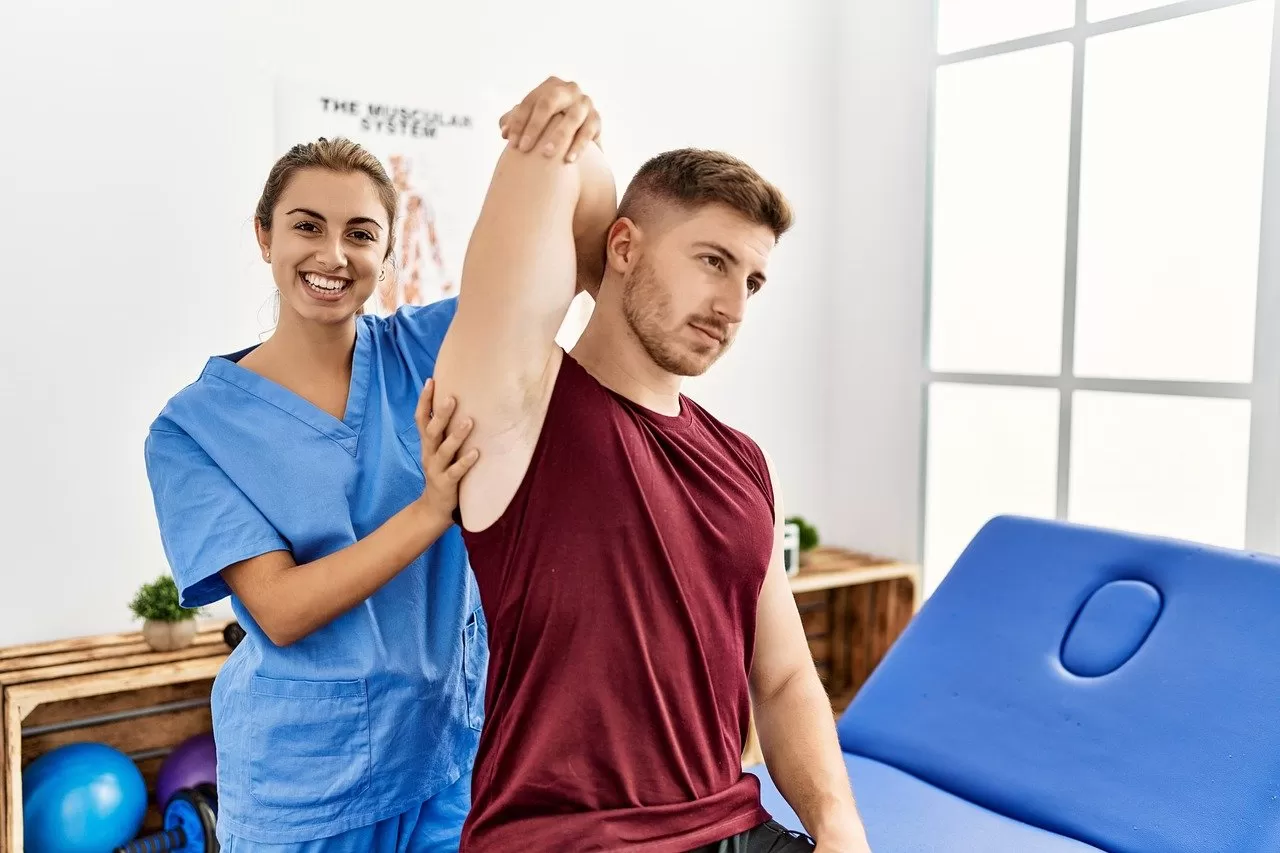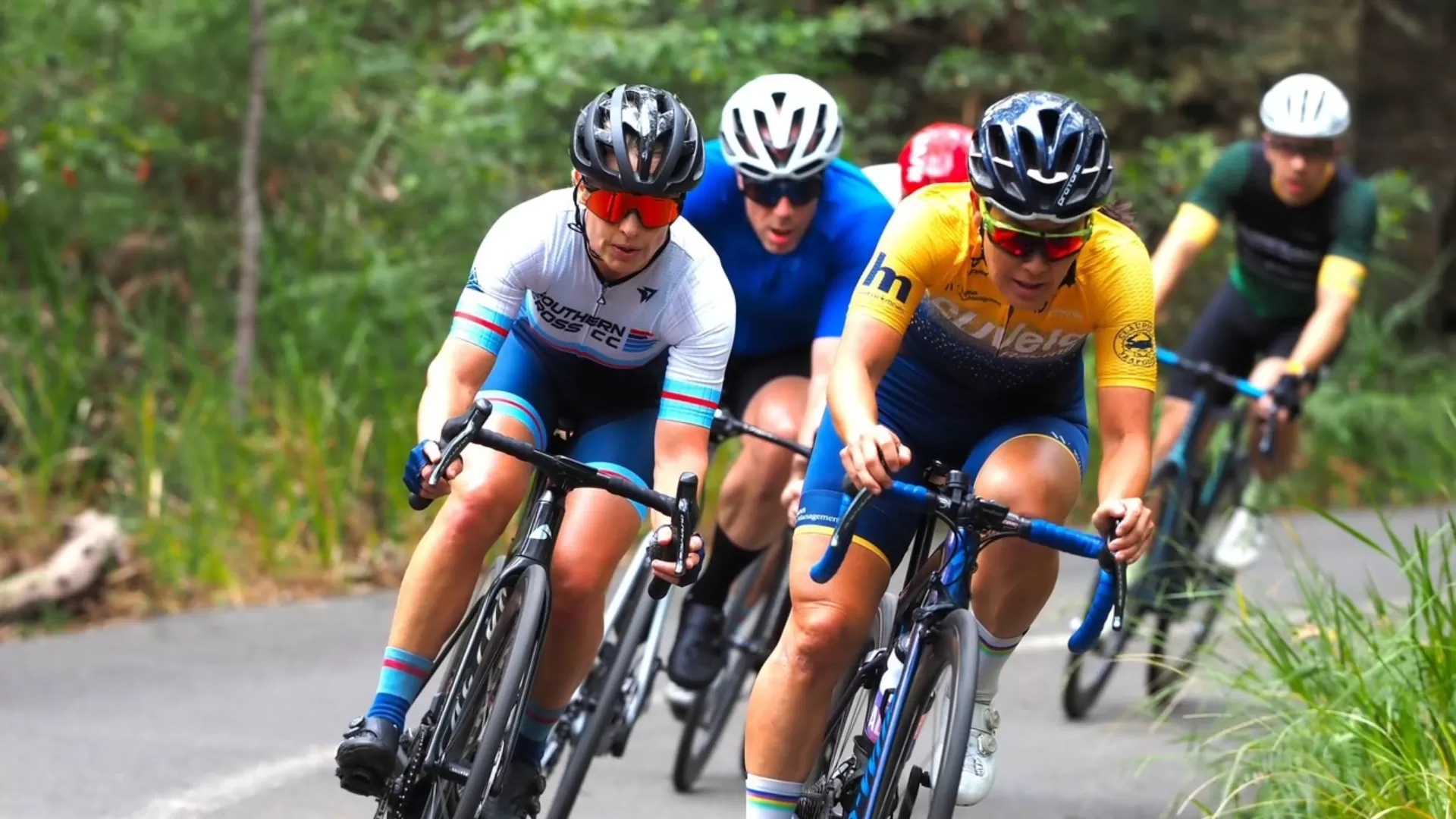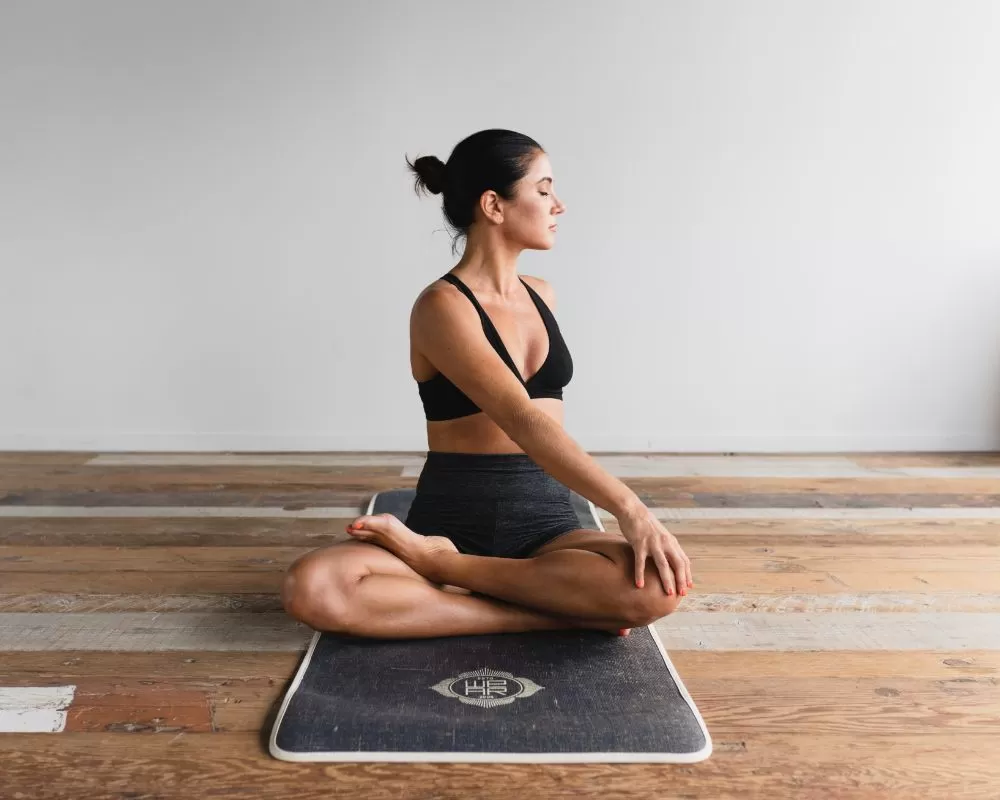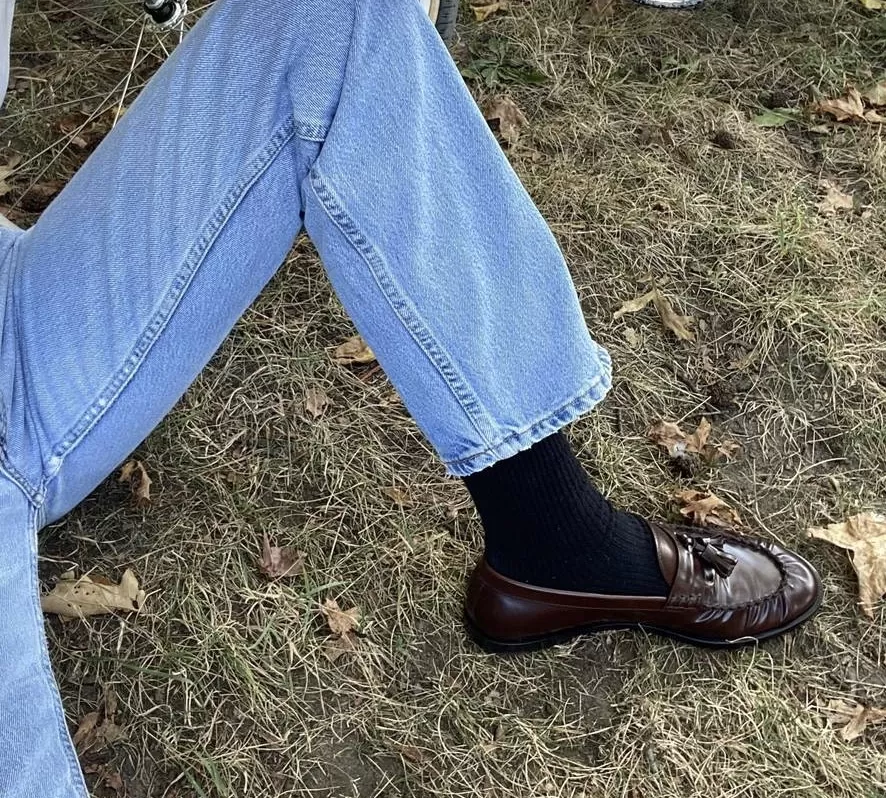
Muscle strains are a common part of daily life, whether from an intense workout, weekend yardwork, or simply overextending while lifting something heavy. The good news is that most mild muscle strains heal naturally within one to two weeks when given the right care. Instead of rushing to the doctor for minor discomfort, Americans are increasingly turning to at-home recovery methods that combine simple first aid, practical gear, and thoughtful self-care routines. An effective at-home approach not only reduces pain but also helps restore mobility faster. With smart preparation, tools like a heating pad, an elastic wrap, or even a fascia gun can make recovery both safer and more comfortable.
Immediate Response in the First 72 Hours
When a muscle strain first occurs, the body needs time to reduce inflammation and protect the injured tissue. The best approach is often summarized as “RICE”—Rest, Ice, Compression, and Elevation. Start by icing the affected muscle for about 20 minutes every one to two hours. This helps numb pain, slow blood flow to the area, and minimize swelling. Pair icing with an elastic bandage wrap to provide compression and prevent further strain. At the same time, elevate the injured limb above heart level, which encourages fluid drainage and reduces throbbing. During these first three days, it’s best to avoid heavy exercise or stretching, as overloading the tissue may worsen the injury.
Transitioning to Heat After 72 Hours
Once the acute swelling has subsided, usually after the first three days, heat becomes an important tool in recovery. Applying a heating pad or a warm compress for 15 to 20 minutes at a time stimulates blood circulation and promotes healing nutrients reaching the strained muscle. Heat also helps loosen stiffness, making it easier to gently stretch or move the affected area. For Americans who lead active lifestyles, this step is especially valuable, as it helps return mobility more quickly. Alternating between heat and light movement can gradually restore normal function without causing further irritation.
Supportive Tools for Faster Healing
At-home recovery doesn’t stop with ice and heat. Lightweight braces or compression sleeves can provide extra stability during daily tasks, preventing accidental overextension. Many athletes and fitness enthusiasts also use fascia guns or massage devices to relax tight areas surrounding the strain, reduce soreness, and encourage muscle elasticity. Foam rollers are another affordable option that can be incorporated into post-recovery stretching. These tools make recovery more active, helping the body adapt and rebuild strength while reducing the likelihood of future injury.
Safe and Practical Activity Adjustments
Staying completely immobile is rarely the best solution for mild muscle strains. Instead, light movement—such as short walks, gentle stretching, or low-impact exercises—can actually aid healing by stimulating blood flow. It’s important, however, to listen to your body: sharp or worsening pain is a signal to stop. Many Americans prefer at-home guided exercise apps or simple yoga routines as part of recovery, finding that controlled activity speeds up healing without aggravating the muscle. Combining these practices with consistent rest periods strikes the right balance between recovery and maintaining overall mobility.
Knowing When to Seek Medical Help
While most mild strains heal within a week or two, it’s important to recognize warning signs. If swelling is severe, pain persists beyond two weeks, or the muscle cannot bear weight, a medical evaluation is necessary. A certified healthcare provider may recommend physical therapy, imaging tests, or more advanced treatments. Still, for the majority of everyday strains, careful at-home recovery paired with supportive gear is more than enough to restore normal activity.
Conclusion
Recovering from a muscle strain at home doesn’t have to be stressful. With the right approach—ice and elevation in the first days, heat to boost circulation after swelling subsides, and supportive tools like braces and fascia guns—you can accelerate natural healing and prevent setbacks. Most importantly, combining self-care with gradual movement helps you return to daily life with confidence. Americans today value independence, efficiency, and proactive health routines, and at-home recovery perfectly aligns with these priorities. By following these simple yet effective steps, mild muscle strains become less of a setback and more of an opportunity to strengthen your approach to wellness.





